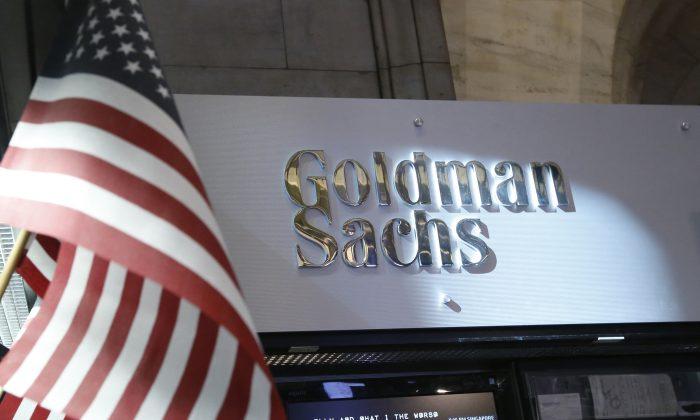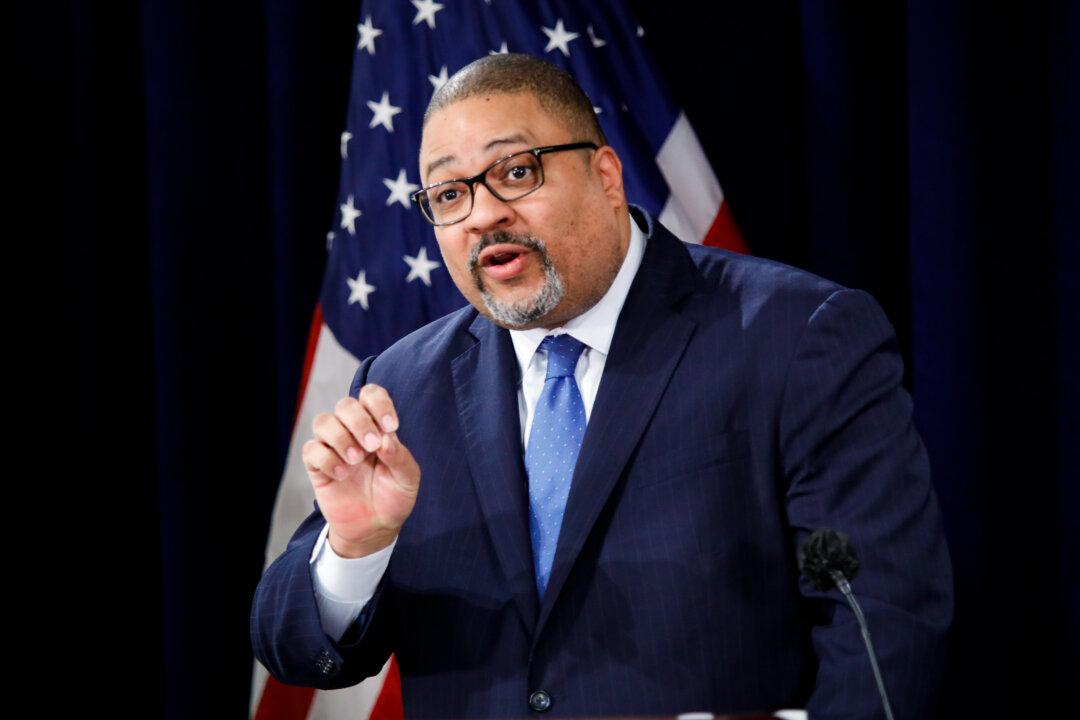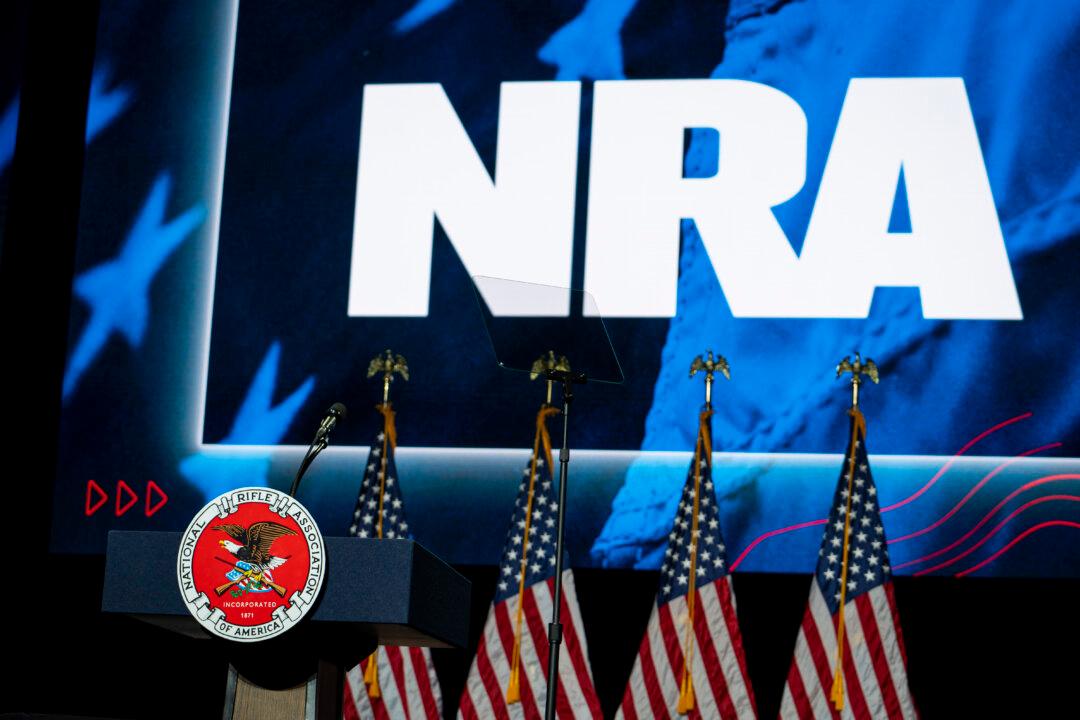Goldman Sachs economists believe the U.S. economy is still on track to avoid a recession, albeit via a narrow path, citing improved inflation levels and supply chain pressures.
Meanwhile, April’s annual inflation came in at 8.3 percent, just shy of the 40-year high of 8.5 percent in March.
While the “deterioration” in indicators such as the first-quarter decline in U.S. gross domestic product “suggests that near-term recession risk has increased in a mechanical sense,” Goldman economists wrote, other activity measures “imply that output is still expanding.”
“It’s a very challenging environment to make monetary policy,” Powell said in an interview on NPR’s “Marketplace.”
“Our goal, of course, is to get inflation back down to 2 percent without having the economy go into recession, or, to put it this way, with the labor market remaining fairly strong.”
Goldman Sachs economists noted Sunday that “in terms of near-term communication, there is little incentive for Fed officials to deviate from their relatively hawkish framing of the last few months.”
Speaking to NPR, Powell doubled down on his expectation that there would be additional 50-basis point increases at the next two Fed meetings but noted that “if things come in better than we expect, then we’re prepared to do less. If they come in worse than when we expect, then we’re prepared to do more.”
When asked about whether the Fed would consider a 75-basis-point hike, Powell declined to comment but said that policymakers would “adapt to the incoming data and the evolving outlook.”
Asked about his plan for a so-called “soft landing” Powell admitted “It will be challenging, it won’t be easy,” adding that it “would have been better” to have started raising rates earlier than in March.
“So the question whether we can execute a soft landing or not, it may actually depend on factors that we don’t control. But we should control the controllable. And what we control is there’s a job to do on demand, demand is out of whack with supply.”






Friends Read Free